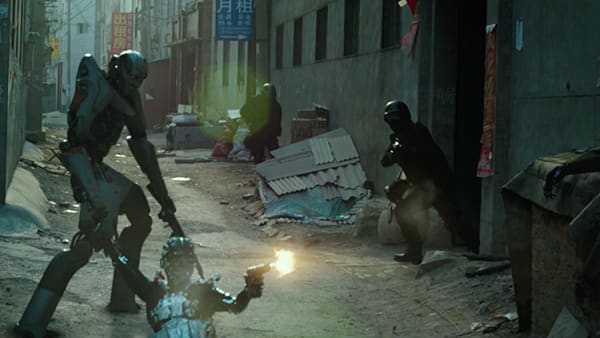

After that, some special attention is directed towards the options offered by post cache operations.Ĭlass 10: The last lesson brings all the elements we've produced together for inspection and rendering.

Any advice will be helpful thank, you guys.

Again, we produce several elements, starting with splashes, and we're composing them so they play nicely with the rigid bodies and the volumetrics.Ĭlass 9: A second type of debris element - a trail - is added. Hey guys, I'm new to Houdini and thinking of getting an FXPHD subscription. Then we get to planning it analyzing the project, laying out all the steps towards the end result and the thought process behind them. The strategical questions of arranging volumetrics are taken care of.Ĭlass 8: Augmenting the rigid body simulation with simple particle debris. FXPHD - MAX203 - 3DS Max Destruction Techniques ( First 5 Classes Only) 1.13 GB Class 1: We start with an overview of the project, the goals of the course and the ideas behind it.
#Fxphd max203 how to#
We'll use the prepared rigid body sim at the appropriate level and generate particle sources to feed into a FumeFX simulation of dust clouds rising up.Ĭlass 7: Continuing with dust, this class shows how to add two types of dust trails on the falling rigid bodies. Working in the trenches, artists often find it difficult to keep up with the latest changes in the industry. We set up some useful rules on fragmentation and activation, introducing one more level of detail.Ĭlass 5: With the base simulation done, we'll cover replacing the big pieces with separate sims - cutting and simulating each independently, to increase the detail and get a sense of scale.Ĭlass 6: At this point we shift from rigid bodies to volumetrics, starting up with dust clouds. Then we look at implementing the second level simulation on top of the first level one, retaining the underlying motions and adding detail.Ĭlass 4: Working on the third level simulation, where fragments are small enough so we can use procedural fragmentation with VolumeBreaker. Good fragmentation practices, setting up useful animation controls and versioning the animation get covered.Ĭlass 3: We use the main animation we have prepared and cut the pieces once more, to get detail on the edges. Then we get to planning it - analyzing the project, laying out all the steps towards the end result and the thought process behind them.Ĭlass 2: Dealing with with the primary cut of the big earth pieces and building a system to animate them in Thinking Particles. Class 1: We start with an overview of the project, the goals of the course and the ideas behind it.


 0 kommentar(er)
0 kommentar(er)
